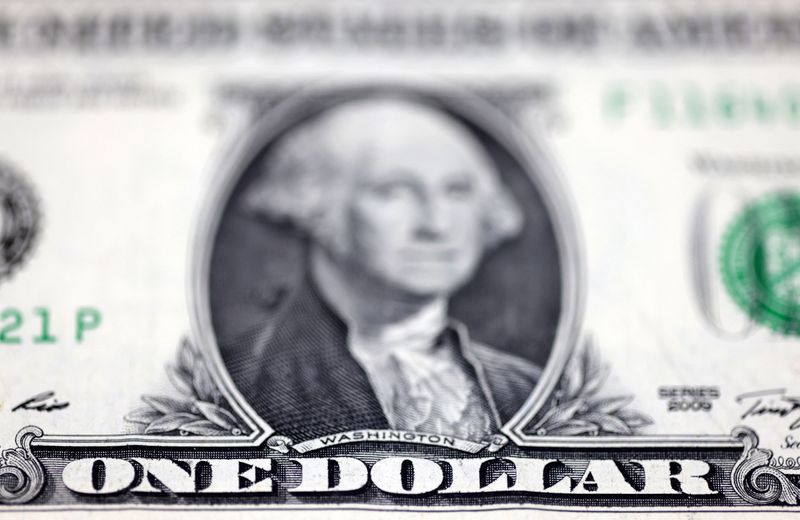Forex
South African rand weakens against US dollar amid unfavorable local data and rising US Treasury yields


© Reuters
On Tuesday, the South African rand depreciated against the US dollar, a development attributed to unfavorable local economic data and rising US Treasury yields. The ABSA Manufacturing PMI’s decline signaled a growing divergence between the South African and US economies. This disparity was further highlighted by the hawkish remarks made by Fed official Mester.
The influence of China’s National Day Golden Week on commodity prices also contributed to the softer rand, favoring the safe-haven dollar. Market participants are closely observing the forthcoming speech by Raphael Bostic, Atlanta Fed Chief, which could potentially impact currency trends.
The pair is grappling with the 19.3000 resistance handle, revealing a rising wedge pattern that suggests a brief upside rally may be imminent. The susceptibility of Emerging Market currencies, particularly in relation to the USD/ZAR support levels, is being underscored in light of these developments.
These observations highlight the current state of global currency markets and underline the potential risks and opportunities for investors. As always, market participants are urged to closely monitor these dynamics as they evolve in response to both domestic and international economic indicators.
This article was generated with the support of AI and reviewed by an editor. For more information see our T&C.

 Forex3 years ago
Forex3 years agoForex Today: the dollar is gaining strength amid gloomy sentiment at the start of the Fed’s week

 Forex3 years ago
Forex3 years agoUnbiased review of Pocket Option broker

 Forex3 years ago
Forex3 years agoDollar to pound sterling exchange rate today: Pound plummeted to its lowest since 1985

 Forex3 years ago
Forex3 years agoHow is the Australian dollar doing today?

 Cryptocurrency3 years ago
Cryptocurrency3 years agoWhat happened in the crypto market – current events today

 World3 years ago
World3 years agoWhy are modern video games an art form?

 Commodities3 years ago
Commodities3 years agoCopper continues to fall in price on expectations of lower demand in China

 Economy3 years ago
Economy3 years agoCrude oil tankers double in price due to EU anti-Russian sanctions



























